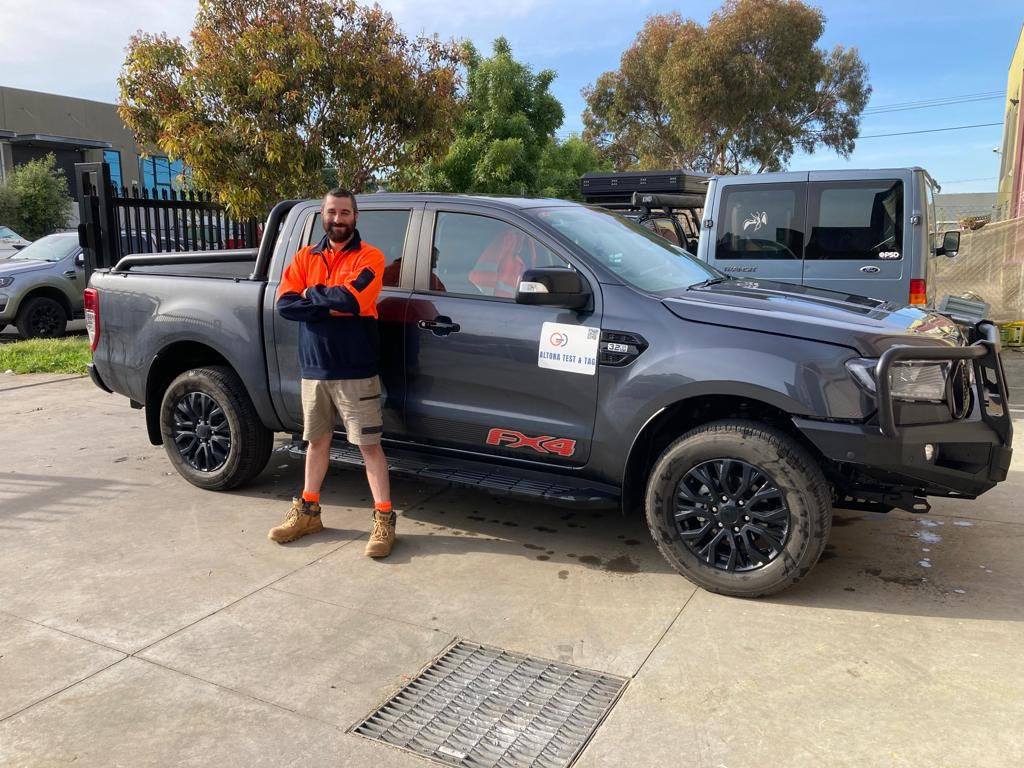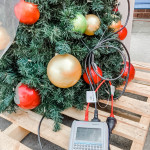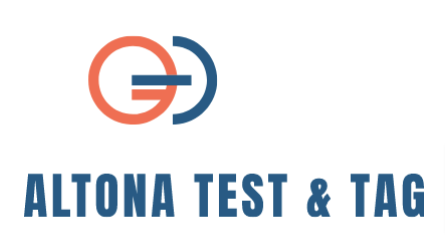What is Testing and Tagging?
If you're a Melbourne electrician, you've probably been asked this question: "Do the Victorian OHS regulations state we need to do testing and tagging?"
Testing and tagging is the process of visually inspecting a portable electrical appliance for any damage, followed by electrically testing it with a Portable Appliance Tester. The purpose behind doing this is to ensure the safety of the people in the workplace coming into contact with the appliance, while also minimizing the risk of an electrical hazard.
Testing and tagging is a critical part of your electrical safety. The AS/NZS 3760:2022 is the Standard that provides guidelines and regulations for the test and tag industry regarding the electrical safety of appliances. It sets out recommendations for issues such as test and tag intervals, defines who can test and tag, and general guidelines. This Standard was recently updated in 2022 with a list of various changes, along with now being called the AS/NZS 3760:2022.
The importance of this standard cannot be understated. By having a qualified electrician conduct tests at regular intervals on your appliances, you can ensure that they are up-to-date with their compliance requirements so that you can stay safe from any potential hazards.
Who needs to test and tag?
Under the Victorian Occupational Health and Safety Act (2004), the employer has a legal obligation to ensure that the workplace and the plant at the workplace is safe and without risks to health (Section 21). This means identifying whether there are any hazards associated with electrical equipment, assessing the associated risks and taking measures to eliminate or control those risks.
Electrical safety testing and tagging for all plug-in equipment falls under the general obligations of Section 21(2)(a)of the Act.
The Australian New Zealand Standard AS/NZS3760 In-Service Safety Inspection and Testing of Electrical Equipment is nationally accepted as the minimum safety protocol for the workplace and applies to plug-in or non-fixed equipment.
Our Qualified Melbourne Electrician Explains Why.
As an electrician in Melbourne, I have years of experience in test and tagging in many environments. It's a tedious, time-consuming process that can seem like a waste of time to some people.
But I also know that proper testing and tagging are vital to the safety of workers who will be using the equipment and supplies. It helps ensure that everyone using the electrical equipment can do so safely.
It's not just about making sure your workplace is safe—it's also about making sure that people don't get hurt or killed because they used electrical equipment that was not tested, out of testing date, and carrying a fault.
What equipment do I need to Test and Tag?
Any flexible cord-set or electrical device that has a removable plug and is not low-voltage (not exceeding 50V) falls under the definition of non-compliant.
Generally, electrical appliances can be classified as either Class I—those that are earthed and include items such as kettles, irons, and toasters; or
Class II appliances, which are identified with a symbol (a square within a square) or the words ‘Double Insulated’, include most electric drills and hair dryers.
It's worth mentioning that new equipment does not need to be tested - only inspected and tagged.
In Summary
Test and Tagging are a really important part of electrical safety. It is a requirement by law, and it's vital to make sure that your home or workplace is safe for you and your family.
It's a systematic process of making sure hazards are mitigated. This means that if there are any problems with the electrical system, they can be fixed before they cause any accidents or injuries. It's also worth remembering that the cost of repairing damage after an accident is much higher than the cost of doing it properly in the first place! To learn more or get in touch with a trusted and qualified Electrician.
































